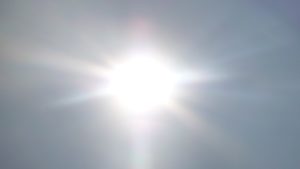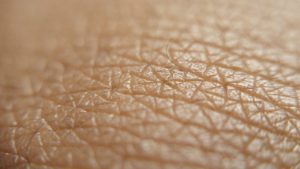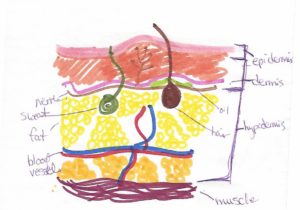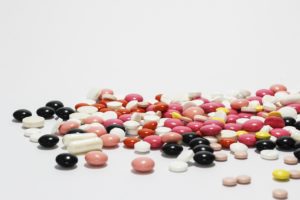Your Tongue – Episode 105

Tongue Basics
Your tongue is made up of eight muscles. This is why it is called a muscular organ. It is the most important articulator in speech production. (A brief word dissection: articulate means to communicate something clearly. In medicine, articulate means to make a connection. It all makes sense!)
The tip is called the apex. The crease down the middle is called the median lingual sulcus. There is another crease at the back of your tongue and it is called the sulcus terminalis.
Tongue Muscles
The tongue has two types of muscles. Extrinsic muscles attach to bones boarding the mouth. Intrinsic muscles are completely contained inside the tongue borders.
Extrinsic Muscles
These muscles are responsible for moving your tongue front to back and side to side. There are four of them and they are named for the facial bones that they are anchored to.
- The genioglossus muscle moves it forward so you can stick it out of your mouth.
- The Hyoglossus muscle pulls it back and presses it down.
- The Styloglossus muscle raises the sides of it during swallowing.
- The Palatoglossus muscle raises the back of it during swallowing. It also presses the soft palate down and squeezes the palatoglossal arch inward during that same step of swallowing.
Intrinsic Muscles
These muscles are responsible for all the shapes and movements your tongue makes when you talk and eat.
- The superior longitudinal muscle covers the top side.
- The inferior longitudinal muscle covers the bottom side.
- The vertical muscle fibers are in the middle and connect the superior to the inferior muscles.
- The transverse muscle fibers start at the median sulcus and connect to the outer edges.
The Tongue Has Skin?!
The surface of your tongue is known as the masticatory mucosa, which basically means it’s the surface that food comes in contact with. The surface is made up of epithelial cells just like your skin. The cells are keratinized (or filled with a toughening protein) so it is tough and does not get damaged by the wide variety of things we eat.
Call Backs
Connect with me
Support us on Patreon
Join the Pharmacist Answers Podcast Community on Facebook
Subscribe: iTunes, Stitcher, GooglePlay, TuneIn Radio
Music Credits: Up In My Jam (All Of A Sudden) by – Kubbi https://soundcloud.com/kubbiCreative Commons — Attribution-ShareAlike 3.0 Unported— CC BY-SA 3.0 http://creativecommons.org/licenses/b…Music provided by Audio Library https://youtu.be/tDexBj46oNI





